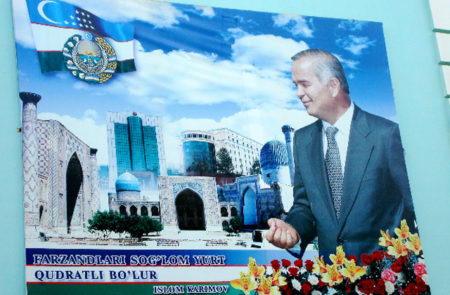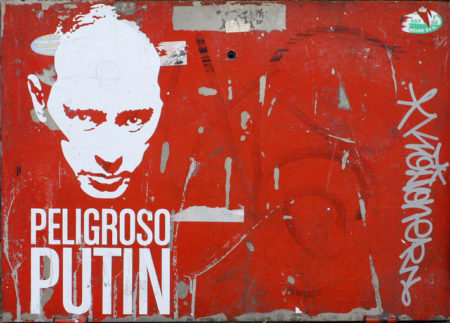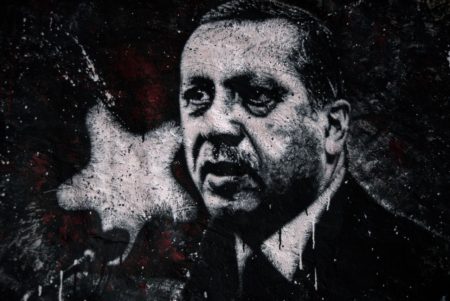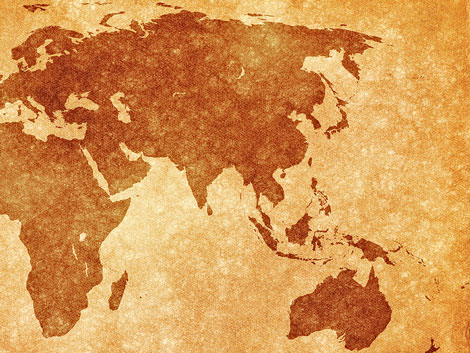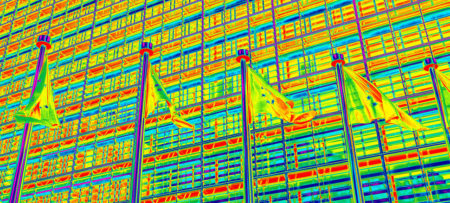
This article was originally published by the Elcano Royal Institute on 20 September 2016.
Russian revisionism represents a direct threat to many eastern and central European countries. In turn, the ripple effects of instability in Syria, Iraq or Libya continue to be felt throughout Europe, not only through successive waves of refugees and migrants, but also through terrorism and mounting insecurity.
Following the publication of the EU’s Global Strategy on Foreign and Security Policy (EUGS) in June 2016, and NATO’s July summit in Warsaw, most discussions on European strategy appear to be revolving around the following questions: (A) how to bring security to Europe’s immediate neighbourhood and (B) how to balance attention and resources between Eastern Europe, North Africa/Sahel, and the Levant. When it comes to strategy, prioritization is essential. And it does make sense for Europeans to put their own neighbourhood first, given the proliferation of crises and instability along the continent’s eastern and southern peripheries. However, a world that is increasingly characterized by the rise of Asia and the multiplication of centres of economic activity is one that calls for a truly global approach to foreign and security policy.

